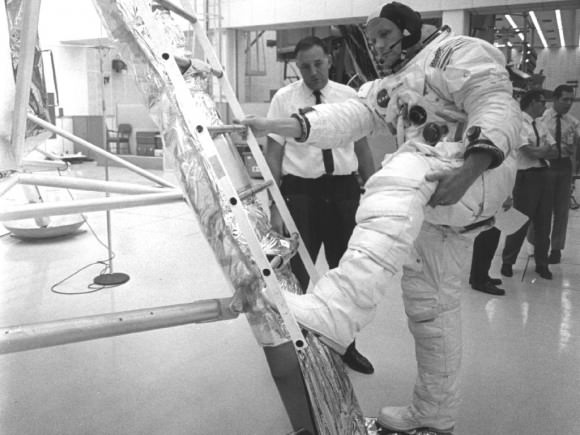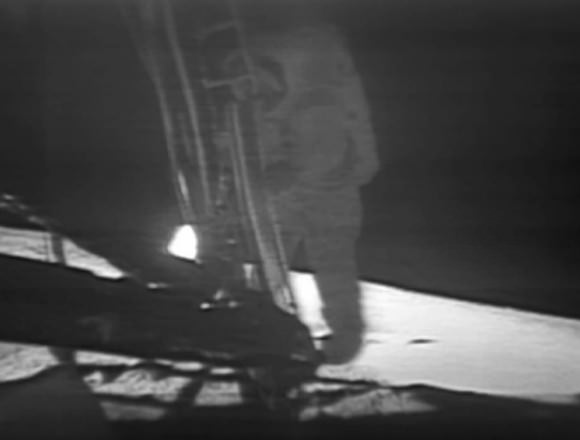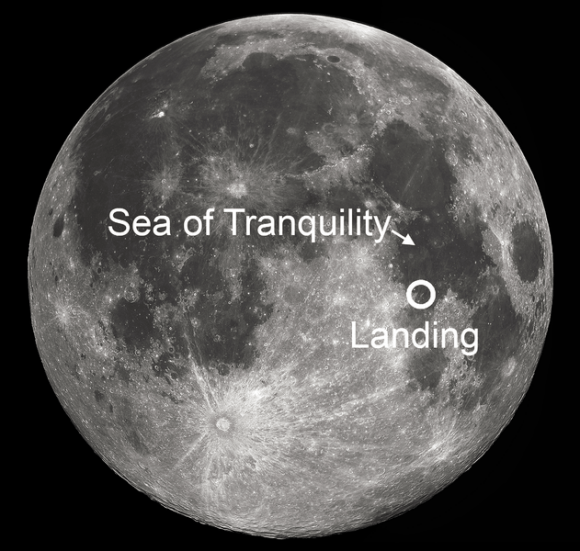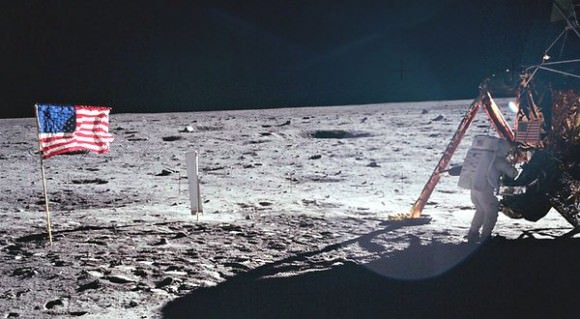Image caption: Endeavour departs Kennedy Space Center forever on Sept 19 on last flight of NASA’s Space Shuttle Program. Credit: Ken Kremer
Under cloudy skies at first light, Space Shuttle Endeavour departed NASA’s Kennedy Space Center in Florida early Wednesday morning, Sept. 19, at about 7:22 a.m. EDT marking the final flight of NASA’s storied shuttle program.
The 100 ton Endeavour was secured atop NASA’s specially modified 747 Shuttle Carrier Aircraft for the cross-country ferry flight to California and Los Angeles International Airport.
The farewell flight went off without a hitch following two days of weather related delays. The shuttle & 747 Shuttle Carrier Aircraft (SCA) Jumbo Jet were in tip top shape.
Image caption: Endeavour’s Final Takeoff atop modified Boeing 747 from the Kennedy Space Center on Sept. 19 to California home. Credit: Ken Kremer – www.kenkremer.com
Hordes of local spectators and excited tourists from several continents caught a magnificent last glimpse of the piggybacked pair as they flew two looping north-south farewells over the Florida Space Coast making a low pass over nearby beaches, Patrick Air Force Base, Cape Canaveral Air Force Station, Kennedy Space Center Visitor Complex, and the shuttle landing runway at Kennedy before leaving the area to a mix of emotions both happy and sad.
Then all of a sudden after some 25 minutes, the dynamic duo disappeared without warning into the hazy clouds, flying on a north east heading and across the Florida panhandle.
After making low-level passes over NASA’s Stennis Space Center in southwest Mississippi and the Michoud Assembly Facility in New Orleans, Endeavour touched down at the Johnson Space Center at about 10:40 a.m. at Houston’s Ellington Field for a curtailed overnight stay.
Image caption: Endeavour departs Kennedy Space Center on Sept 19 on last flight accompanied by T-38 training jet. Credit: Ken Kremer
21 years after rolling out from the Palmdale assembly facility in California where she was constructed, Endeavour landed at Edwards Air Force Base at 3:50 p.m. EDT today, Sept. 20.
Early Friday morning (Sept. 21), Endeavour and the SCA will take flight on a victory lap initially heading north for low level passes over Sacramento and the San Francisco Bay area including the Golden Gate bridge – akin to the April 2012 flight of Enterprise over NYC. Then the pair will turn south and pass over NASA’s Ames Research Center, Vandenberg Air Force Base and NASA’s Jet Propulsion Laboratory before heading into the Los Angeles area and landing at Los Angeles International Airport.
In October, Endeavour will be towed over 2 days through the streets of Inglewood and Los Angelos to begin a new mission inspiring future explorers at her permanent new home at the California Science Center.
Endeavour was NASA’s youngest orbiter and flew 25 missions and traveled 122,883,151 miles during 299 days in space.
NASA’s trio of shuttle orbiters were forcibly retired in July 2011 following the successful STS-135 mission to the International Space Station.
Image caption: Endeavour prepares for final takeoff from the Shuttle Landing Facility at KSC. Credit: Brent Houston
Image caption: STS-130 astronaut Kay Hire greets space enthusiasts at the shuttle landing strip during the flyaway of Endeavour. Credit: Klaus Krueger
Ken Kremer with Space Shuttle Endeavour and the 747 Shuttle Carrier Aircraft (SCA) at the Shuttle Landing Facility at the Kennedy Space Center for final flyaway departure in September 2012 reporting for Universe Today. Credit: Brent Houston

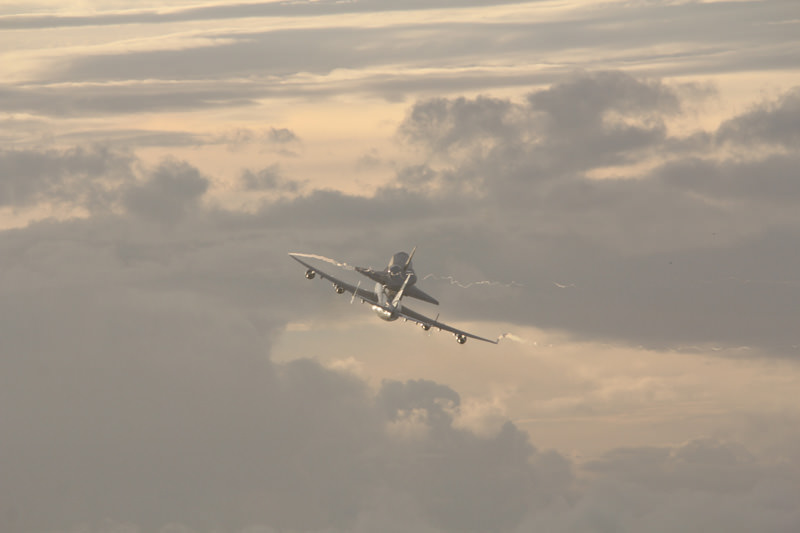


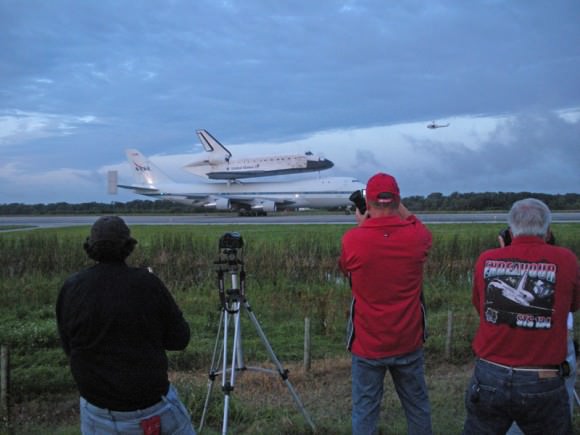
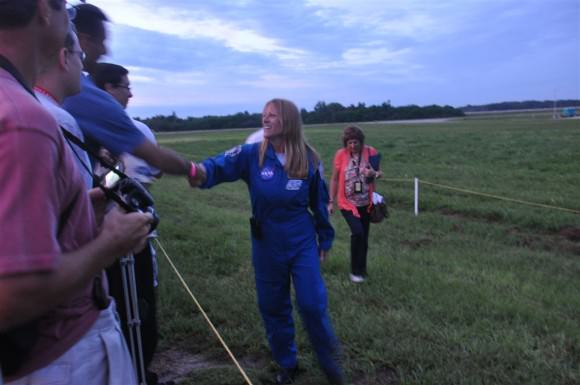



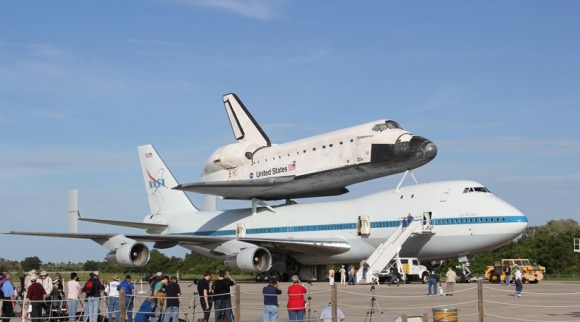
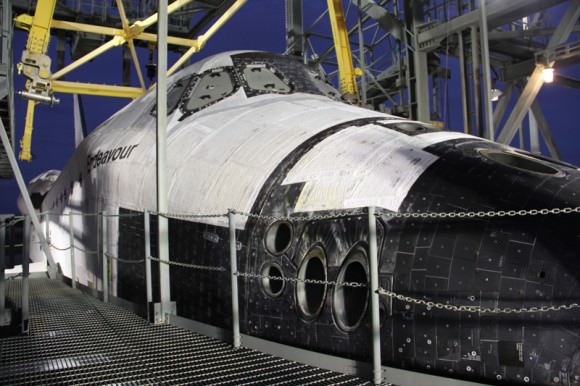



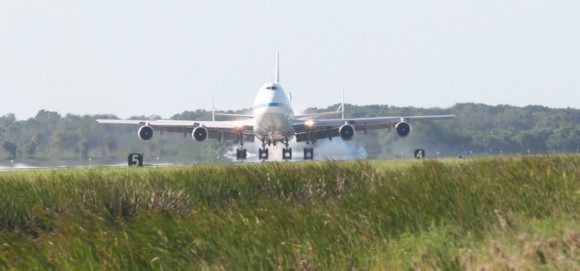

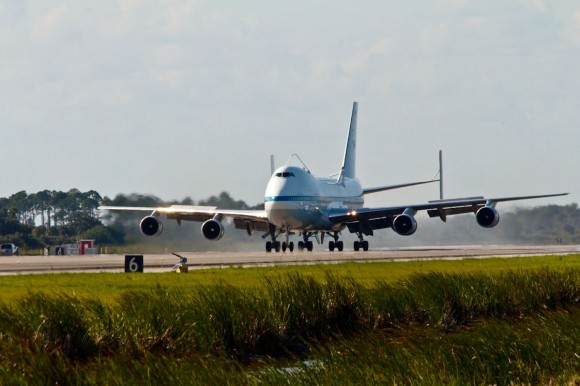





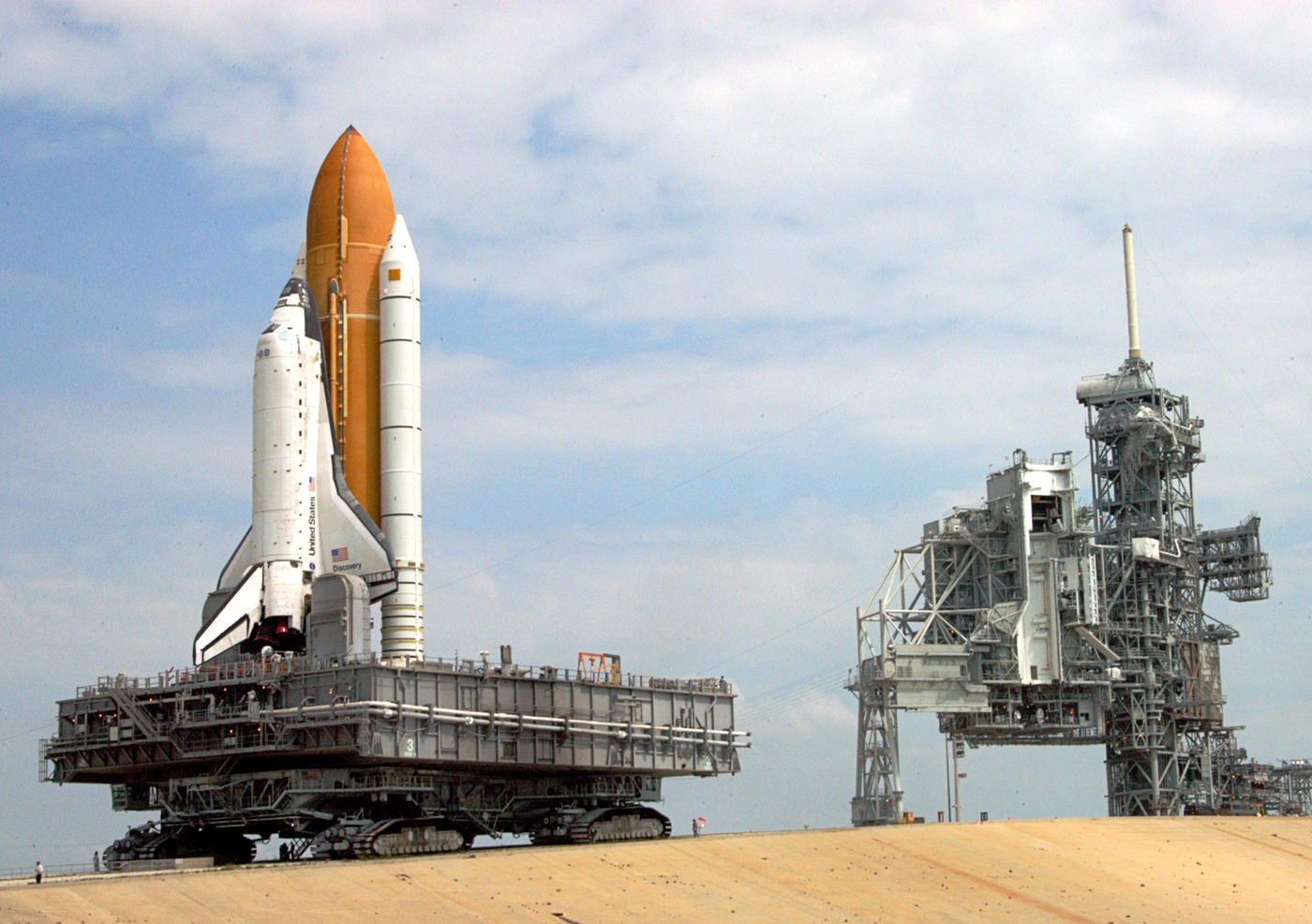
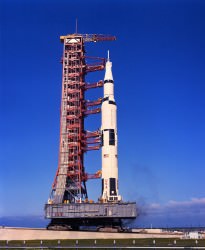
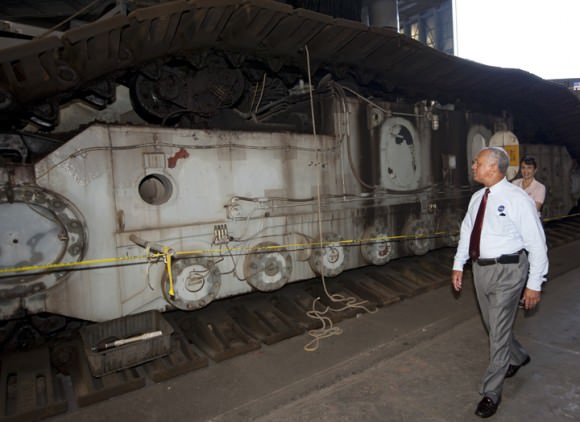
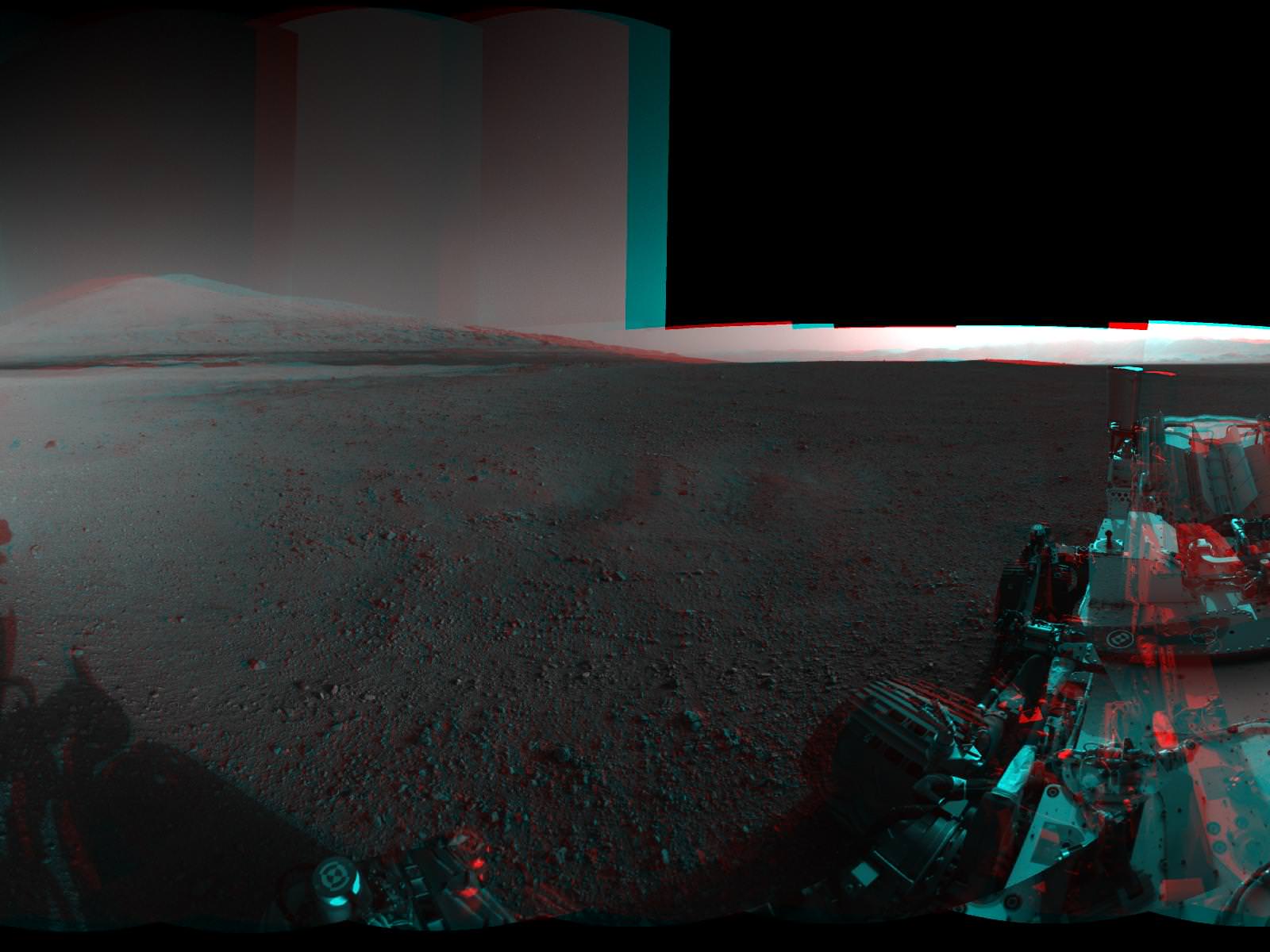
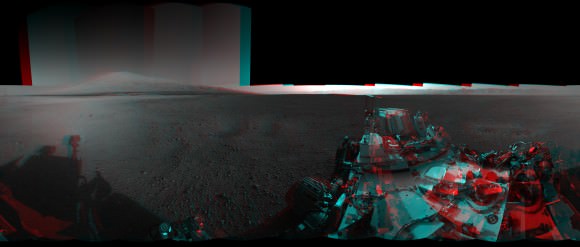




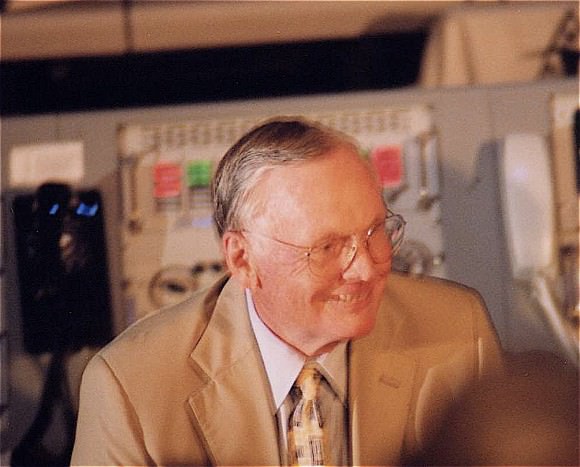
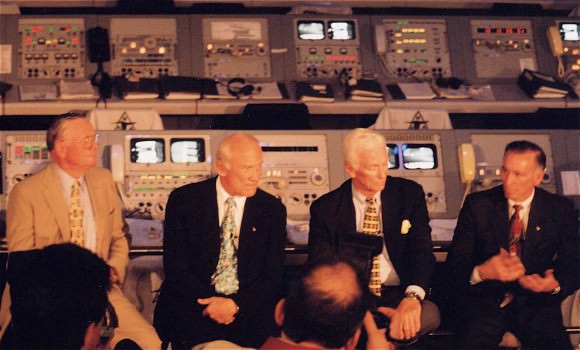



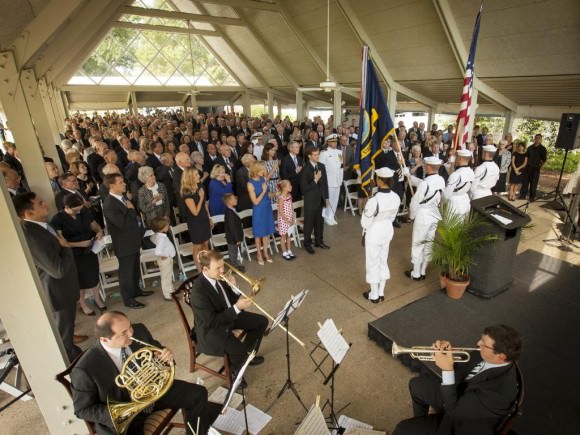




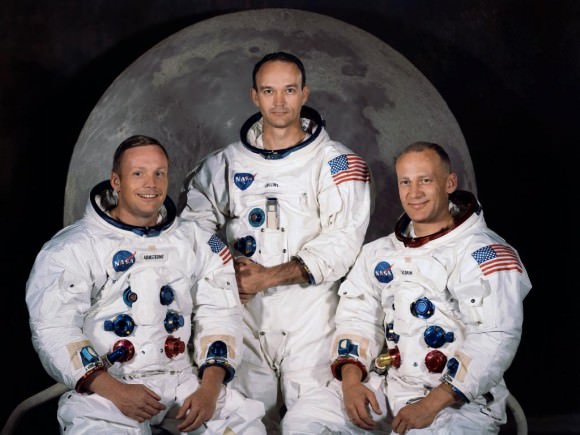

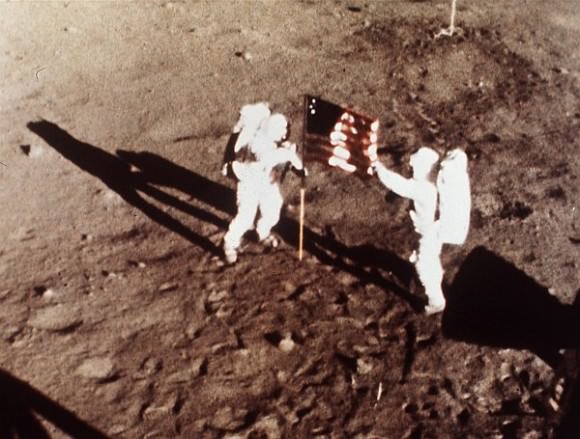

![246074main_E60-6286_1600_1024-768[1]](https://www.universetoday.com/wp-content/uploads/2012/08/246074main_E60-6286_1600_1024-7681-580x435.jpg)
